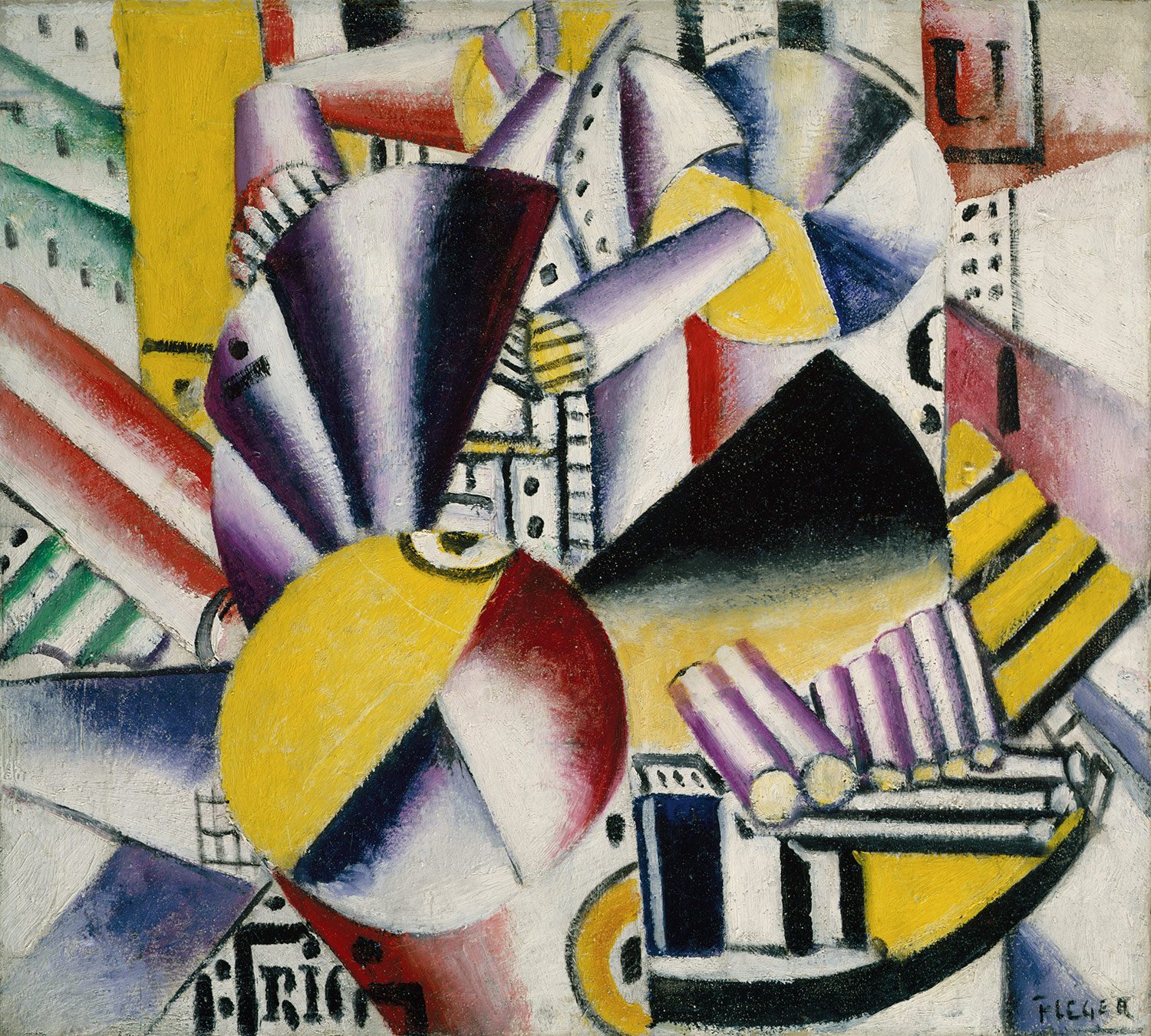Graphic design, being probably the most popular art nowadays, has deep roots starting from many centuries ago.

Through its long and vivid history the great number of movements and flows were developed. The elements of most interesting art movements are oftentimes applied in the contemporary graphic design. One of the most influencing and extraordinary art flows was cubism, the revolutionary movement in art of twentieth century. Let us explore the history and development of cubism.

The beginning of twentieth century was denoted by the rapid development of new fresh flows in painting and sculpture. The entire bouquet of expressionistic art movement emerged as a response to conservative academic painting.
Exaggerated proportions, distorted lines, subjective expression, vivid colors, and emotional mood were the major characteristics of this art flow. One of the most extreme movements of expressionist direction was cubism, which was born in 1907. This radical and unusual art was started by Pablo Picasso, the Spanish expressionist artist, and Georges Braque, the French painter. These creative artists came to inventing the cubist movement being influenced by the recent discoveries of African, Indonesian, and Indian cultures.
From the first months cubism aroused a great interest and multiple disputes. Many people were shocked by chaotic geometric forms of new style, but the most open-minded artist accepted cubism with enthusiasm. The innovative movement became more and more popular due to fresh approach to form and composition. In cubism, the image seems to be broken into geometric pieces and then combined in different order. This creates a composition of 3-dimensional segments, with different angles and perspectives.




The development of cubism was influenced by social and political situation of the period. In particular, many analytics connect cubism with innovative political movements in Europe before World War I, considering it and embodiment of anarchic, nationalist, and leftist views. Another factor that affected the cubism development was the art of Paul Cezanne.
His artworks have formed the first branch of style – analytic cubism (1908 – 1912), which emphasized basic geometric forms and minimized the use of color. The second cubism branch, synthetic cubism (1912 – 1918), represented a flatter image with use of several media, text, and collage techniques.
The element of cubism can be noticed in the contemporary graphic design. Most of the abstract images may be called the direct descendants of cubist style, especially those with straight lines and geometric forms. The contemporary followers of cubism include such artists like Barbara Rush, Kenneth Langan, and Trish Toro. Among the examples of cubism embodiments in mass graphic design is the famous Mac OS desktop background.


Links : The Geometry of Chaos - Fractal Wisdom .
[ONLINE] Available at: http://www.fractalwisdom.com/science-of-chaos/the- geometry-of-chaos/.
[Accessed 24 January 2014].
CUBISM - PRODUCT DESIGN.
[ONLINE] Available at: http://www.technologystudent.com/prddes1/cubism3.html. [Accessed 24 January 2014].
No comments:
Post a Comment